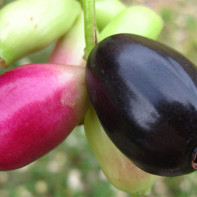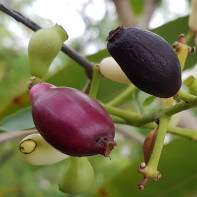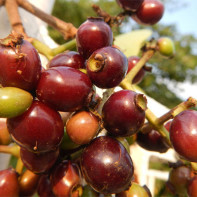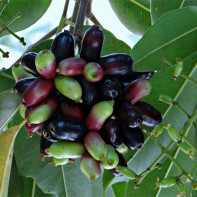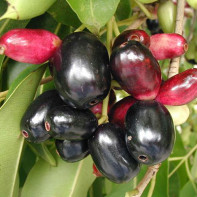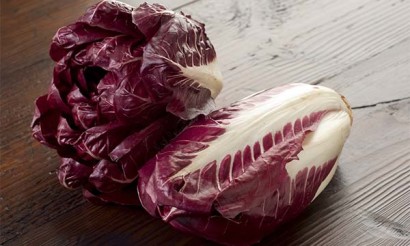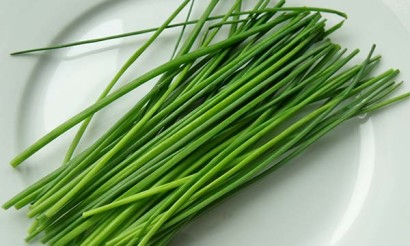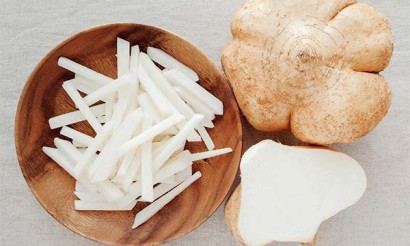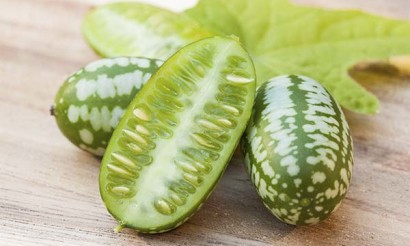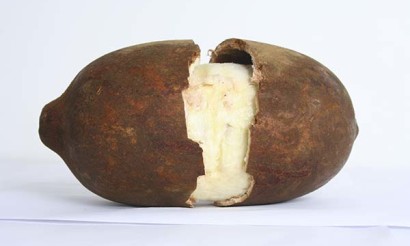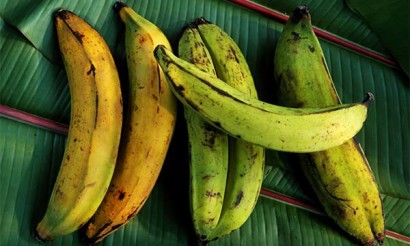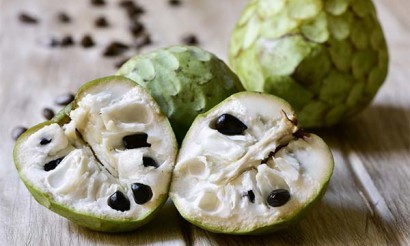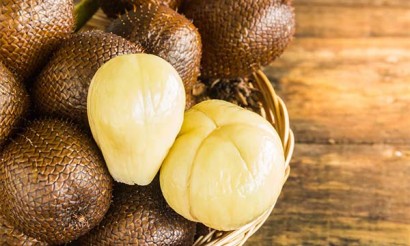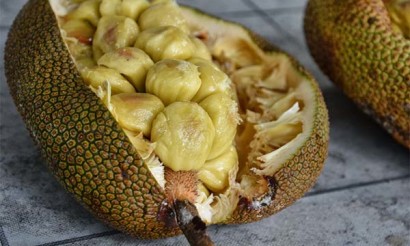Jambolan: what is this fruit and why is it useful?
This heat-loving fruiting tree of the myrtle family is called a jambolan. There are also other names, unusual in our country: yambolan, black plum, Indian blackberry, java plum, jamun, purple plum, jambul, Japanese plum.
The geography of the Japanese plum is vast. It is easy to find the plant in India, the Himalayas, Malaysia, Sri Lanka and Australia, as well as in Africa, South America, the Caribbean islands, Indonesia, the Cook Islands, French Polynesia and New Caledonia.

It is a powerful evergreen tree, which reaches up to 20 meters in height. Its leaves are heavy, sprawling, pinnate, and emit a strong turpentine odor. The bark is scaly, rough and cracked near the ground. The pink to white flowers are fragrant, attracting bees.
In due time, the flowers become ellipse-shaped fruits, 2-5 cm long. The fruits mature either in small groups or in clusters, up to 40 berries. At first the berries are green, then they gradually gain color and eventually become almost black. The fruits ripen in June and easily crumble in the breeze. They taste sweet with noticeable acidity. The flesh is juicy, more often astringent, white to lavender in color. The tongue, on the other hand, turns purple after sampling a ripe plum. In the center of the fruit lie the seeds.
Propagation history
The black plum is native to southeast Asia. It has made its home in India, Burma, Ceylon, and the Andaman Islands. The tree is revered by Buddhists. It is commonly planted in the vicinity of Hindu temples as a sacred tree for Krishna.
It is believed that jambolan was introduced to the Philippines, Java, and other places in the East Indies in prehistoric times. How else can one explain the religious veneration of the tree?
A curious fact! At the end of the XIX century jambolan sprouted in Hawaii. But now occupied the islands so that they have already begun to destroy it by all means. Locals and vacationers resent the shadow the plant casts on the ground. It too shuts out the other growths from the sun.
It was also introduced to Israel around the middle of the last century. It is warm there, and the plum grows intensively, but produces little fruit. And they are not valued in Israel. Trees are bred simply as ornamental plants.
In America, the jambolan has finally lost respect. The fruit falls on the streets, littering sidewalks and lawns. Insects swarm around them. Therefore, Americans try to get rid of the trees as quickly as possible as garbage.
Growing conditions
Sisigium yambolan (scientific name) happily takes root on plains and low elevations, up to 1800 m above sea level. However, the higher up, the less fruit it produces. And in some areas the tree is only used as a source of wood.
It feels comfortable in regions with heavy downpours, thrives near rivers and, as observations show, easily survives prolonged floods.
In spite of this, jambolan is quite tolerant in arid places, where humidity is low. It grows intensively, becoming fully mature by the age of 40. It likes dry weather at the time of flowering and fruit ripening. Young seedlings are afraid of frost, while older trees do not care for short frosts.
The plant has a predilection for taking root in low, wet soils, but it can also adapt to uplands, preferring sandy or loamy soils.
Harvest
Bring fruit Japanese plum tree begins when it is 4-5 years old. If the conditions are favorable, then the fruit baskets are full.
In different locales, the harvest matures in different periods, starting in early spring, and in the Philippines, from mid-May through summer. In Hawaii, the fruit is harvested closer to the end of summer and even in the fall. For example, in Java, the Japanese plum does not blossom until late summer, only to ripen near the end of fall. In Ceylon, the tree is covered with flowers for most of the summer months, and the harvest is ready for harvest in November and December.
The intensive fruit harvesting period in India lasts from spring to fall. The process is done only by hand. It happens that in favorable years and more than once it is necessary to go out with baskets on the plantations. On a 5-year-old tree, 700 berries is considered a good gift. Larger trees are much more generous.
Chemical Composition
The various parts of the tree have long been adapted for healing purposes by the population of the Japanese plum tree areas. Therapy is aided by the presence of a number of chemicals in them.
- The leaves contain flavonol glycosides, quercetin, myricetin, triterpenoids, esterase, galloyl carboxylase and tannin.
- Trunk bark is rich in betulinic acid, friedelin, ester and epi-friedelanol, quercetin, kaempferol, myricetin, and has tannin properties.
- Berries, in addition to the ingredients already listed, are full of raffinose, glucose, fructose, acids - citric, malic, gallic, and anthocyanins. Most of the acidity in flavor comes from the presence of gallic acid. They also contain numerous vitamins - A, C, PP and B.
- The composition is interesting due to the presence of various minerals (phosphorus, chlorine, copper, sodium, iron, potassium, magnesium, calcium, sulfur), resins, fats, proteins, fiber, gallic and oxalic acids, essential oils, phenols, alkaloids, mono- and disaccharides.
What Japanese plums contain per 100 g of fruit:
- water - 83.7-85.8 g;
- protein - 0.1-0.129 g;
- fats - 0,15-0,3 g;
- fiber - 0.3-0.9 g;
- carbohydrates - 14 g
- calcium - 8,3-15 mg;
- magnesium - 35 mg;
- phosphorus - 15-16,2 mg
- iron - 1.2-1.62 mg;
- sodium - 26.2 mg
- potassium - 55 mg;
- copper - 0.23 mg;
- sulfur - 13 mg;
- vitamin A;
- thiamine - 0.008-0.03 mg;
- riboflavin - 0.009-0.01 mg;
- niacin - 0.2-0.29 mg;
- ascorbic acid - 5.7-18 mg.
The list can be supplemented with tannin, gallic acid and traces of oxalic acid, only in very small amounts. Analyses show that the leaves are also rich in useful chemical composition, so they are used as a vitamin for animals.
What you can make from jambolana
The astringent properties of the fruit are "extinguished" with salted water. Many people dry ripe berries. Much more often they are consumed fresh. It is desirable to take a large, because they taste better. Sweet or mildly acidic taste to please everyone. You can use Japanese plums in pies, sauces, jams.
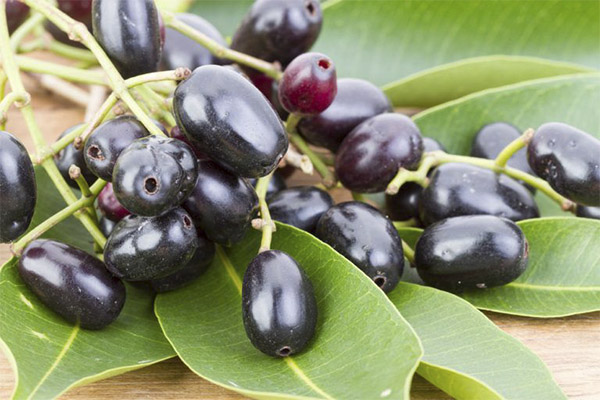
- The least presentable fruit is let for juice, which strongly resembles grape juice. Varieties with white flesh, due to the presence of pectin, are used to make thick jelly. Unripe fruits are used for vinegar.
- Jambolana juice is an excellent ingredient for enriching the flavor of various syrups and sorbets. In India, a drink is offered on the streets in containers made from crushed fruit and juice. They pour water, sugar, citric acid and some kind of preservative into the mixture. The result is a drink like lemonade.
- Jambolan is interesting in desserts. Black plums can be stuffed into puddings, pies, doughnuts, and used to make cakes and creams for cakes. The pulp is ideal for making jams.
- In many countries native to Jambolan, plums are used to make wine similar in quality to port. Liqueurs and brandies are also good. If the fruit is fermented, it is worth trying to make a favorite local drink, jambava.
- Jambalan vinegar, which is in demand, is produced in India. It is transparent, has a reddish hue, an enticing smell and an appealing taste.
Use in folk medicine
Jambolan is an old-timer in herbal medicine. The populations of South Asian countries are saved by this berry for many ailments, including acute diarrhea or urinary retention.
- Various parts of the plant are active in inhibiting the development of diabetes. Experiments and studies have confirmed this. Boiled leaf decoction is known to markedly lower blood sugar levels in mice. Dried seed powder is used in some countries to prevent the disease.
- Black plum juice, diluted with water, will help fight sore throats. It is necessary to gargle the throat. By the way, the same liquid, as a healing lotion, will ease the manifestations of ringworm.
- The seeds are used when there are problems with digestion. The history of treatment proves that the fruit of jambolana fights ulcers and diarrhea. Its antibacterial properties destroy pathogens that occupy the stomach or intestines. In addition, the organic fibers of the pulp and rind normalize wave-like bowel movements for unimpeded movement of food masses. Abdominal pain is soothed by the leaf extract. It is also useful for dermatitis of various etiologies, severe suffocating cough, constipation, fevers, disinfectant effect on the oral mucosa.
- In India, when rashes appear on the skin, the first thing to turn to is a poultice of Japanese plum leaves. And if there were ulcers, they are treated with decoction of the bark. Use the bark also for anemia, dysentery, diabetes.
- It has become traditional to treat arterial hypertension with decoctions and extracts of the bark and leaves of Japanese plum. The fruits contain a triterpenoid. The substance prevents the accumulation of cholesterol. It is good for those who have health problems and people for the sake of prevention. Cholesterol inhibitor reduces the risk of heart attack, prevents the deposition of plaque in blood vessels, atherosclerosis and hypertension.
- Japanese plum roots are useful. Many ethnic groups use them when a person is affected by seizures of epilepsy.
- A person suffering from bleeding hemorrhoids should start eating black plums, and every day for 2-4 months to come relief.
- Restorative effect will give decoction of seeds jambolana with honey. It will eliminate fatigue, return strength and tone. For greater efficiency, you can add amla juice.
- Described cases were when the juice of the leaves saved the bites of centipedes and acted as an antidote when a person was poisoned by opium.
- The importance of antioxidants to the human body is well known. Scientists have discovered these preventive levers in black plum leaves. The essential oils, which are rich in the trees and fruits of jambolan, and which already share their antibacterial and antioxidant qualities with humans, are still waiting to be closely studied.
- Black plum fruits contain a lot of vitamin C, which is known to be beneficial to the skin. The fact is that along with antioxidant properties, the vitamin is involved in the production of collagen, which prevents early aging. Thus, the skin is regenerated, improving its appearance. In traditional Asian medicine, jambolan seed powder is prescribed when it is necessary to remove scars and blemishes.
- It has been proven by experience that black plums are not only a joy for gluttonous people, they are infinitely healthier. Only with a serious pathology of the gastrointestinal tract they should not be eaten, and the other contraindications relate only to individual intolerance.
Area of application
- Jambolan trees are recognized by beekeepers. The flowers have a high honey yield.
- The leaves are used as food for silkworms and cattle feed in India. In Zanzibar, locals brush their teeth with plum sprigs.
- The essential oil obtained from the leaves shares fragrances in the making of soap or cheap perfume.
- Tree bark is used to make dyes. They are obtained persistent, have an array of shades of brown.
- The bark contains tannin and is used in leather processing and preserving fishing nets.
- The wood is not tough on termites, which makes it in demand. It can be preserved in water for a long time. Of course, time is of the essence and warping can occur. In India, the wood is used for building materials such as beams, planks and poles. It was adapted to many branches of agriculture and non-agriculture. Suffice it to say that railroad ties may have previously been plum trees.
- In witchcraft, traditional medicine and pharmaceutics, the merits of jambolan are noticeably more tangible. In pharmacies in Europe, Africa, America you can find on sale seeds and dried bark. Southeast Asian countries supply them.
What harm can come from it

- Beware of picking fruit from a tree that grows along the freeway. The fruit absorbs lead and other nasties of polluted air.
- Still insufficient research suggests caution and do not suggest consuming plum to women in a pregnant situation or with infants, even for the sake of treatment.
- Jambolan lowers blood sugar levels, so it is contraindicated to eat it before the upcoming surgery and after surgery.
- You should not eat the fruit on an empty stomach and consume milk immediately after eating a plum.
Jambolan is popular and respected in its historical homeland. It won't hurt anyone to get to know the black plum better. It is worth the attention!
«Important: All information on this site is provided for informational purposes only purposes. Consult with your health care professional before applying any recommendations. professional before using them. Neither the editors nor the authors shall be liable for any possible harm caused by materials."

